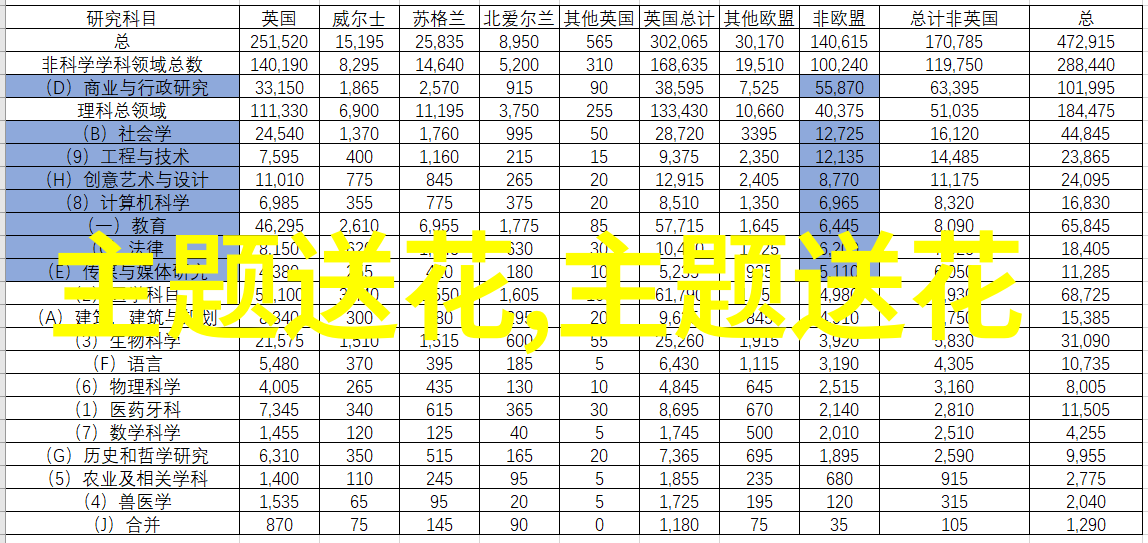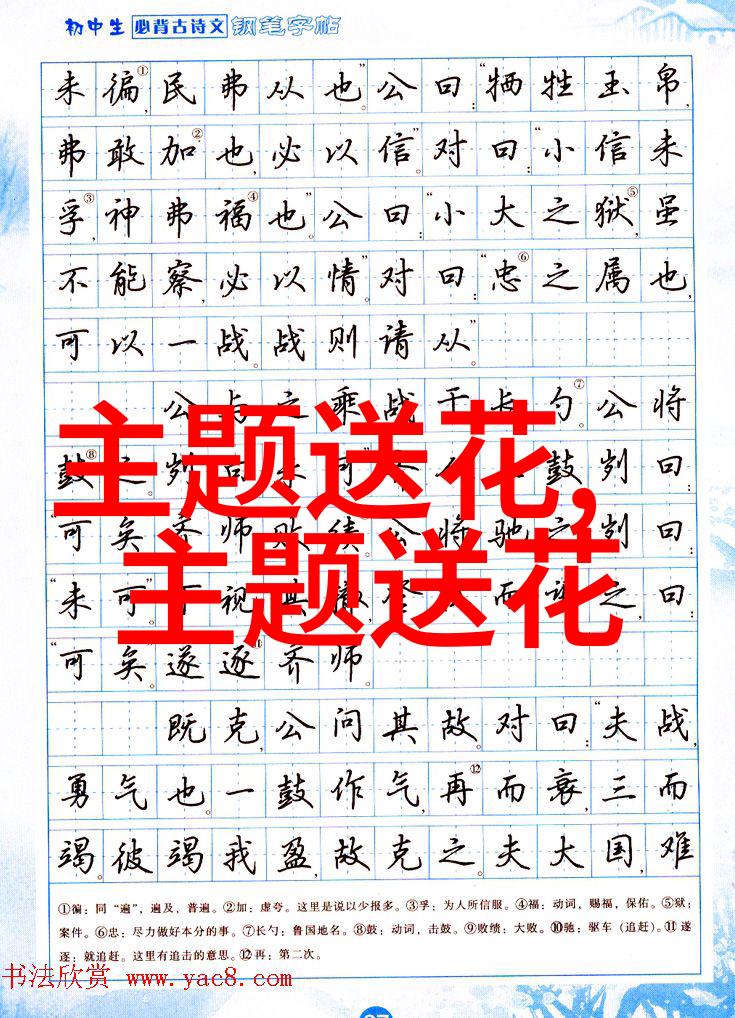
紫砂壶的艺术之谜探秘高温烧制与品种选择
很多壶友对于紫砂的知识都有一定的了解,但是对紫砂烧窑的了解可能不是很多。今天,我们就来深入探讨紫砂壶的烧窑艺术,揭秘其背后的温度与品种选择之谜。

首先,让我们谈谈关于吐黑的问题,这个问题常常困扰着那些喜爱段泥壶的朋友们。在过去的文章中,我们已经提到过:段泥吐黑,是由于在高温环境下没有达到足够成熟而引起的一种现象,也就是说,这是因为窑温不足所致。
那么,是否意味着烧制时必须使用最高温度呢?实际上并非如此。不同类型的紫砂泥料都有其特定的烧结温度,只要能够达成那个温度,就可以了。而同一种泥料在不同的温度条件下,会呈现出不同的效果和风貌。

比如朱泥因其结晶度较高,因此它通常需要更低一些的烧制温度,而紫泥则位于此之中,再来说到段泥,它通常需要稍微低一些。这也是为什么段泥具备良好透气性的一个原因。
如果烧制过程中出现了不充分燃燒的情况,我们称之为“欠火”,这种情况下壶身颜色浅淡且不够光泽,而且容易吸收黑色素,从而导致了吐黑;反过来,如果炉温过高,那么我们就面临“过火”的风险,这将导致壶身表面变得毛糙,并可能出现小裂痕、变形或泡沫等缺陷。此外,还会影响胎质,使得透气性和吸水性均受到影响。因此,不是越高就越好的窑温,而是应根据具体情况来调整,以确保最终产品符合预期标准。

接下来,让我们进一步探讨Purple Sandware's firing process. The first firing, which is often done at a lower temperature, serves to remove any impurities from the clay and help it dry out properly. After this initial firing, the piece is removed from the kiln and any excess material is trimmed away.
The second firing, which takes place at a higher temperature, helps to harden the clay and give it its final shape. This is when many of the colors in the Purple Sandware are fully developed. Some pieces may require additional firings if they do not meet their desired color or texture.

It's important to note that while multiple firings can produce better results, there are risks involved with each additional firing. For example, if water enters a piece during one of these firings it could cause damage or even destruction of the piece.
In conclusion, whether you choose to fire your Purple Sandware at high temperatures or low temperatures depends on your specific needs and goals as an artist. It's important to remember that there are no hard and fast rules when it comes to ceramics – only guidelines based on years of experience.

So next time you're considering purchasing a Purple Sandware tea set or other ceramic item keep in mind that what makes them special isn't just their beauty but also their unique history



